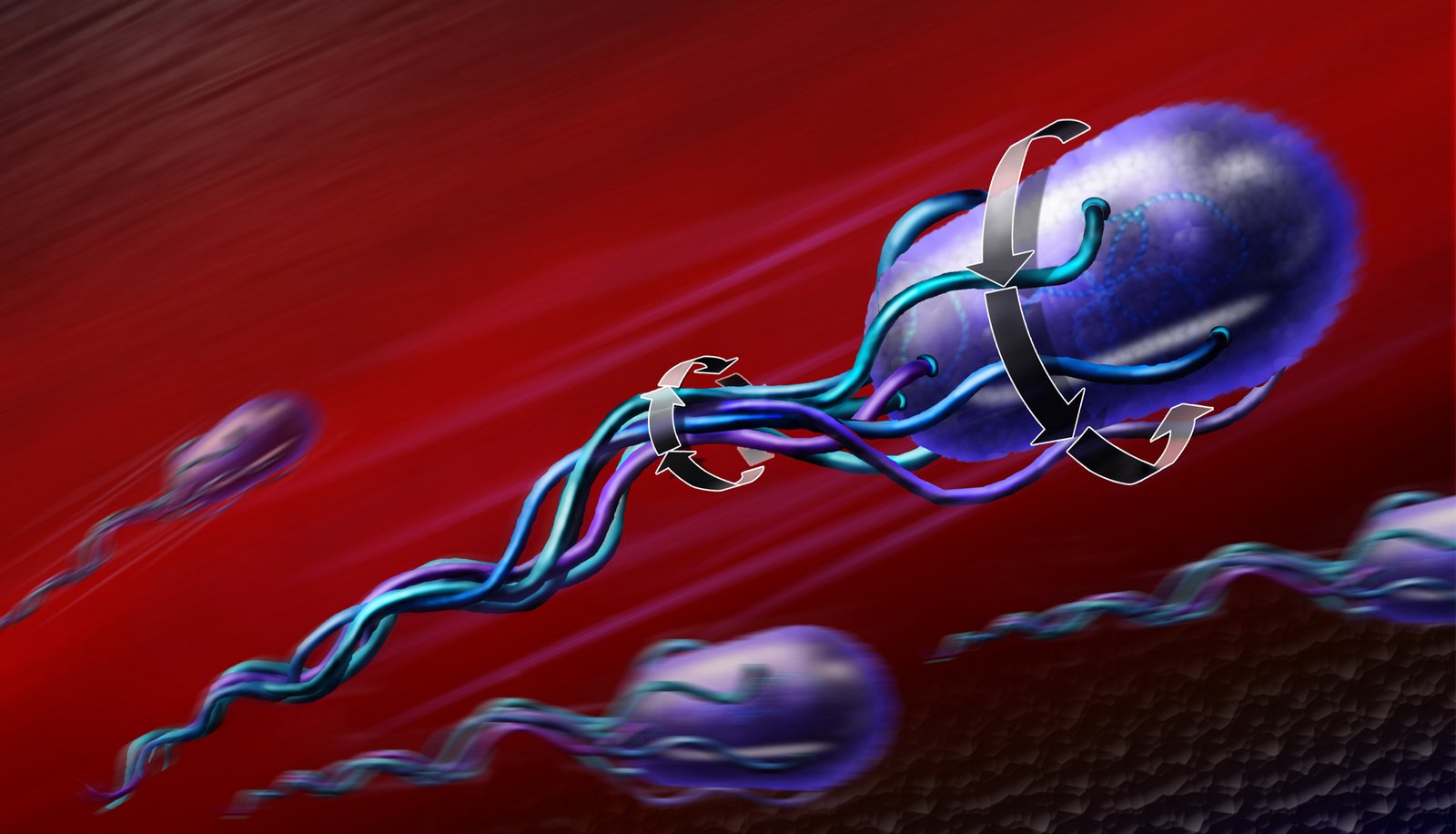Quote:
Originally Posted by TechStuf

Yes. All except for the words, 'any' and 'only'.
Careful study of the lowly Bacterial Flagellum reveals some amazing design considerations, as they employ virtually 100% efficient electric motors and propellers by which to effect locomotion.
Notice the design and placement of their propeller filaments, particularly in the E Coli bacteria.

It's all there in nature. Everything. By design....the opportunities to reverse engineer what has already been created are mind boggling.
TS |
Techstuf,I'm having difficulty making the leap,from a bacteria within the environment of the human alimentary canal,and the potential of harnessing it's form of locomotion for the purpose of extracting usable energy from the airstream regime between a pickup trucks forward stagnation point and turbulent wake during operation up to and including 80-mph ( I believe the upper legal speed limit in the continental U.S.) without increasing drag.
The E-coli would be moving within a relatively 'stationary' media,yes?
The delicate cell structure of their locomotive structure unsuited to the rigors of 80-mph turbulent airflow?
MIT,so far,has struggled to bio-mimic the propulsion of a bluefin tuna with 'robo-tuna',a much larger hydrodynamic structure,an undertaking which would appear a 'walk in the park' compared to that of reverse-engineering a leviathan bacteria.Yes?
Please help.I'm not the sharpest knife in the drawer and I'm grappling to understand your concept.